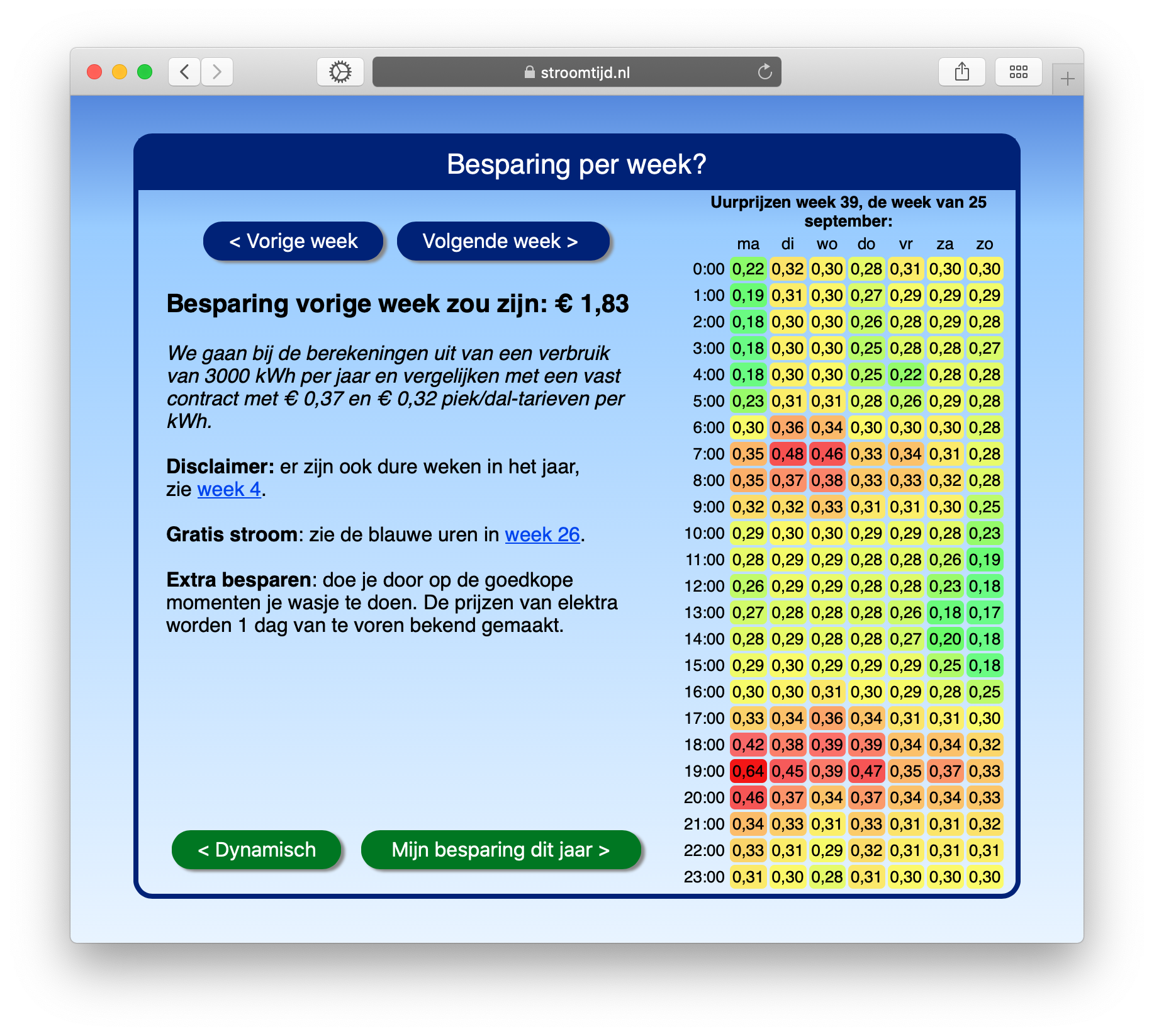Verkiezingen komen eraan #3: wat wil Pieter Omtzigt?
▼ Verkiezingen zijn leuk, maar uiteindelijk gaat het erom wat voor kabinet ons land de komende jaren gaat regeren. Tenzij de uitslag totaal anders is dan de peilingen zal zo'n regering moeten bestaan uit twee van de drie partijen die nu ongeveer een zesde van het electoraat aan zich binden: VVD, GroenLinks/PvdA, NSC, plus nog een aantal partijen die nu op 10+ zetels staan of in elk geval in de buurt van de 10 zetels zouden kunnen komen.
Die eerste categorie is PVV (nu zo'n 18 in de peilingen) of BBB (nu zo'n 12 in de peilingen). De laatste categorie is voornamelijk D66 en CDA, die nu laag scoren maar misschien nog terug kunnen komen.
VVD+PVV+BBB
De VVD lijkt zich in dit opzicht in een hoek geverfd te hebben: ze hebben het huidige kabinet laten vallen omdat ze hun eisen op het gebied van asiel niet konden realiseren, slaken nu rechtse taal uit, en hebben de deur open gezet naar de PVV. Een nieuwe leider is altijd lastig, maar met deze dingen trek je zeker geen gematigde kiezers, of kiezers die de status quo willen handhaven.
Als de VVD z'n rechtse agenda wil realiseren dan zal dat het beste gaan met VVD+PVV+BBB, maar de kans dat die combinatie een meerderheid haalt is minimaal. Alternatief is VVD+NSC+BBB. Dat zijn iets meer zetels, maar: wil Omtzigt dit?
VVD+NSC+BBB
Dat is de grote vraag: wat wil Omtzigt. Als hij over rechts wil, en tot nu toe vallen zijn standpunten meer naar rechts dan naar links, dan zou dat kunnen met voornoemde combinatie VVD+NSC+BBB. Maar ja, hij wil ook een betere bestuurscultuur. De VVD en Dilan Yeşilgöz stralen dat bepaald niet uit. De BBB straalt vooral verwarring uit. Dus: dit zou betekenen dat Omtzigt bij de afweging tussen rechtse standpunten en een nieuwe bestuurscultuur toch iets overhelt naar het eerste.
Ook de vraag of zo'n combinatie een meerderheid zou halen. Zoals het er nu uitziet niet. Normaliter zou je verwachten dat CDA of D66 zouden aanhaken bij een centrum-rechtse combinatie, maar die hebben het volledig gehad met de VVD en in de huidige peilingen zou dat nog steeds niet genoeg zijn. Maar ja, het land moet geregeerd worden, niks is onmogelijk.
VVD+GL/PvdA+NSC
Een mogelijk aantrekkelijke optie voor Omtzigt kan zijn een combinatie van VVD, GL/PvdA en NSC. Voordeel: een meerderheid in de tweede kamer met drie partijen. Nadeel: de VVD zal flink moeten inleveren ten opzichte van de retoriek van de afgelopen tijd, en GL/PvdA zullen zeer veel binnen willen halen om een herhaling van wat de PvdA overkwam na Rutte 2 te voorkomen. De twee zullen elkaar ook niet vertrouwen, dus dat wordt een zeer zwaar dichtgetimmerd regeerakkoord, en we weten hoe goed dat bevalt.
VVD+GL/PvdA
Mocht samenwerking met Omtzigt niet van de grond komen, dan kom je automatisch uit bij een combinatie van de twee andere grote partijen: VVD en GL/PvdA. Het ligt niet voor de hand dat deze combinatie een meerderheid haalt. Een minderheidscoalitie betekent dat het niet mogelijk is harde afspraken te maken over bijvoorbeeld asiel of klimaat.
In het verleden zouden partijen als CDA en D66 hierbij aansluiten. Maar het oude zeer van de kabinetsval maakt dat erg lastig. En wellicht dat zelfs met die twee erbij er nog geen meerderheid is. Doodgeboren kindje, lijkt mij, tenzij de uitslag nog flink verrast.
GL/PvdA+NSC
Je zou denken dat dit tamelijk kansloos is aangezien GL/PvdA en NSC samen op misschien zo'n 55 zetels staan, veel te weinig voor een meerderheid. Maar dit zou een goed minderheidskabinet kunnen zijn, omdat D66, CDA, SP. PvdD, SP, CU, Volt en Denk zo'n relatief links kabinet niet direct zullen willen inruilen tegen een kabinet met de VVD erin. Dit zijn bij elkaar zoveel zetels dat ook niet iedere partij vereist is voor een meerderheid, dus het kabinet kan wheelen en dealen zonder gelijk gegijzeld te worden.
Voordeel voor Omtzigt is dat hij van de VVD af is die toch wel vrij sterk de oude bestuurscultuur met zich meedraagt. Maar hij komt wel ruim links van het midden uit. De vraag is dus wat hij belangrijker vindt: zijn relatief rechtse inhoudelijke standpunten, of een nieuwe bestuurscultuur.
Vraagteken
Tot nu toe hebben we totaal geen idee welke kant Omtzigt op wil. Gaat hij het risico lopen ofwel de rechtse ofwel de linkse kiezers van zich te vervreemden? Tot nu toe stellen de journalisten de vraag nieteens.
Permalink - posted 2023-10-12


